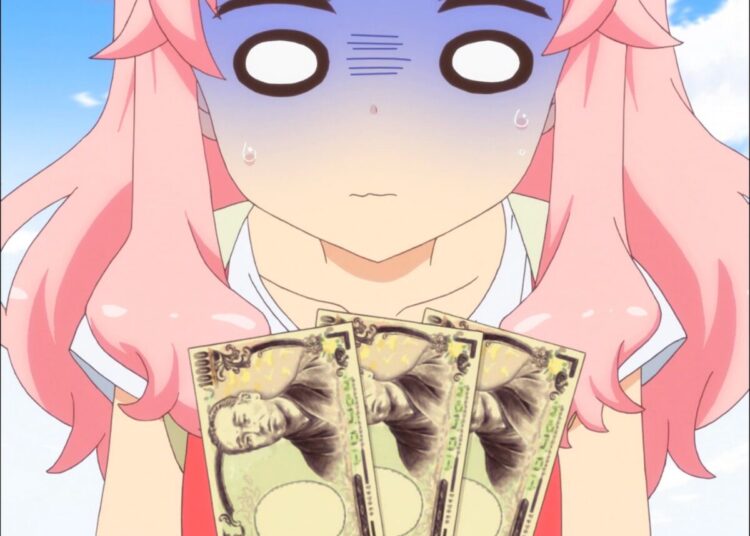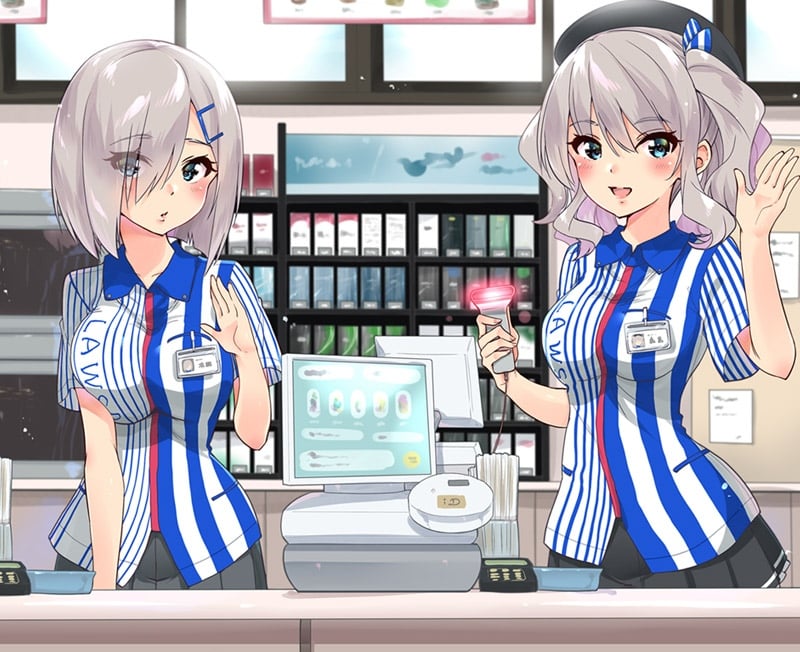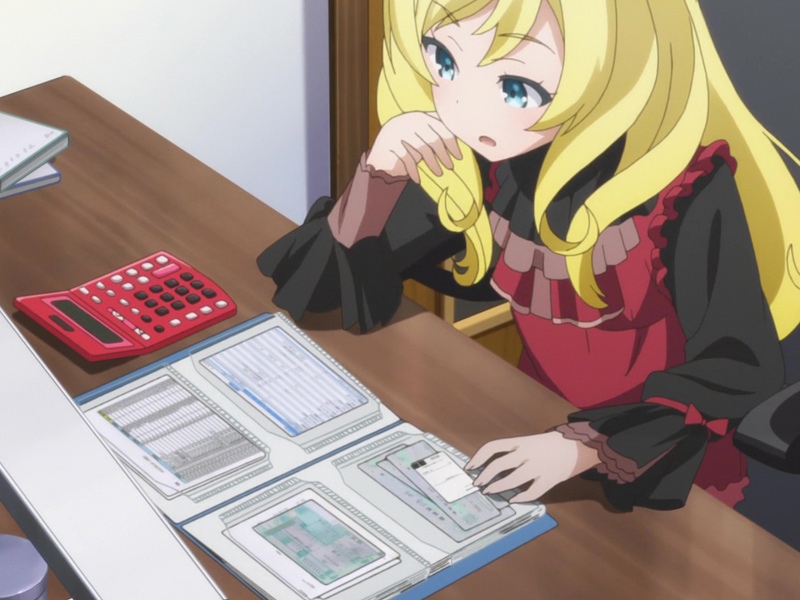A couple days ago, I was feeling sore after hitting the gym, so I decided to swing by my favorite Thai massage place in Isesaki. I was surprised they’d moved to a new location, with nicer facilities and more space. They also did something quite rare in Japan, raising their prices by 1000 yen, which I was more than happy to pay to support one of my favorite businesses. Let’s explore why inflation in Japan is usually very low!

Why Japan Generally Has So Little Inflation
If 2022 has taught us anything, it’s that inflation sucks. Fuel prices rising at the pump due to Russia’s invasion of Ukraine and various supply constraints. Natural gas prices rising, too, which affects the price of food because it’s used to create fertilizer. With prices rising, workers demanded higher wages, and most have gotten raises, though not enough to keep up. Getting back to normal post-COVID has been another source of inflation since more people bidding on plane tickets to Vegas means ticket and hotel prices will increase.
But how about Japan? While rising fuel and wheat prices have caused food manufacturers to announce price increases for everything from Big Macs to Yoshinoya Beef Bowl, things are comparatively calmer in daily life here. Why is there less inflation in Japan than in other countries?
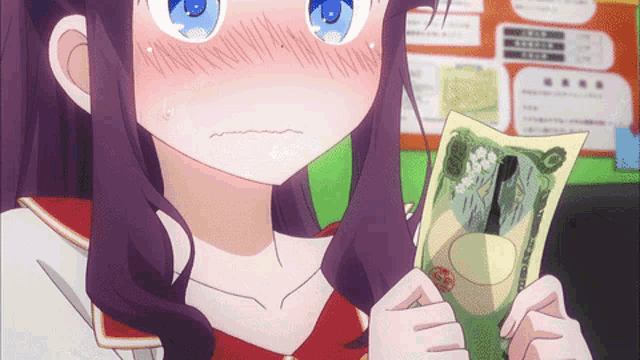
Japan has traditionally been a low-inflation country for various reasons. I’ll never forget when the sweet old lady running our favorite butcher-and-fried-food-shop apologized that they’d been forced to increase the price of their curry-flavored croquettes from 60 to 70 yen after decades at the old price. I told her it was no problem and we’d be happy to keep buying them because they were so delicious.
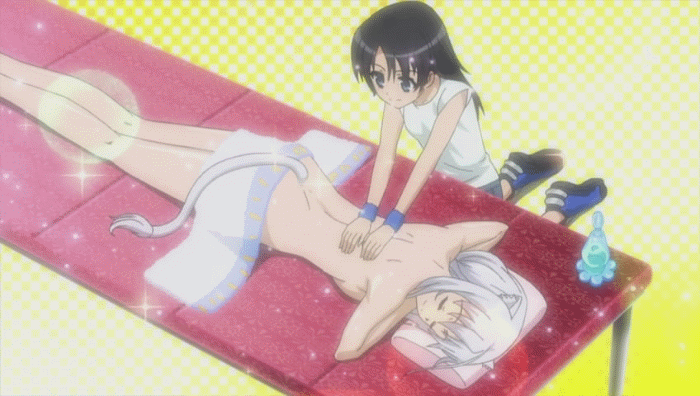
Why Was I Happy to Pay More for Massages?
I was happy that my favorite Thai massage place had raised their prices because I was sure this was done to pay for the larger new space that was better for customers and the staff and because the employees would benefit from higher wages.
But…what does this have to do with the price of Indian curry?
Recently a friend of mine died, which was a big shock since he was a few years younger than me. Back in our ESL teaching days, we would roam all around Japan together, traveling to distant Japanese cities on the cheap “Seishun 18” tickets and sharing beers in front of the beer vending machine they used to have in front of Maebashi Station, chatting with whoever happened by. We also ate at an Indian restaurant called Mahatma New Delhi several times a week, discovering the joys of saag chicken and buttered naan together.
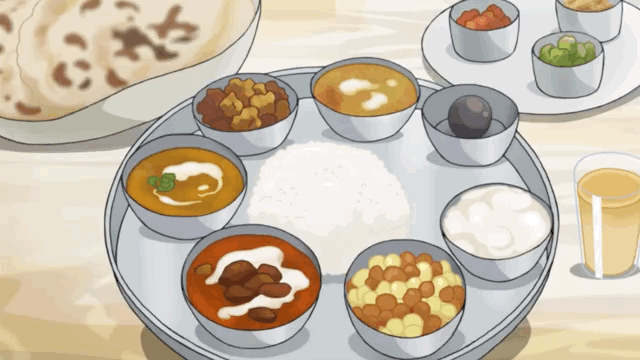
I had assumed the restaurant had gone out of business long ago, but I checked online and found that the shop was still going strong, though only for the lunch crowd. I visited my old haunt to pour one out for my friend and was surprised that everything was exactly the same as it had been 30 years before. In fact, the prices were slightly lower than they had been in 1994 because they only offered a lunch menu, with prices around 680-980 yen (approximately USD$5-7).
Enjoying a cheap curry lunch at a restaurant frozen in time for 30 years is amazing but also a little weird. I can’t think of another country where this could have been possible.
Four Reasons Why Inflation in Japan is Low
Still recovering from the bubble. The biggest reason is that until a few years ago, the country was still recovering from its two “lost decades” when the Tokyo Asset Bubble finally burst in 1991. Imagine if, after the 2008 housing crisis, governments around the world took 10-15 years to help banks recover and stimulate the economy? That’s roughly what happened in Japan.
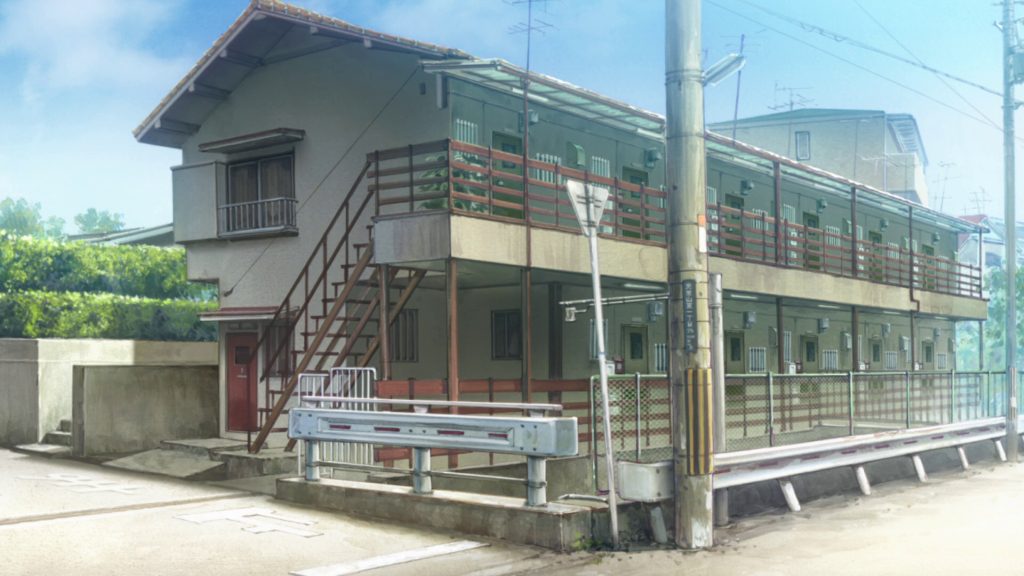
Falling land prices. We take for granted that houses increase in value in most parts of the world, but not in Japan. When we bought our house in San Diego, Mrs. J-List was terrified its value would get cut in half, just like Tokyo. The rent owners can charge also falls over time in Japan, too, because the building is older and dirtier. (Of course, high-demand areas in cities are an exception to this rule.)
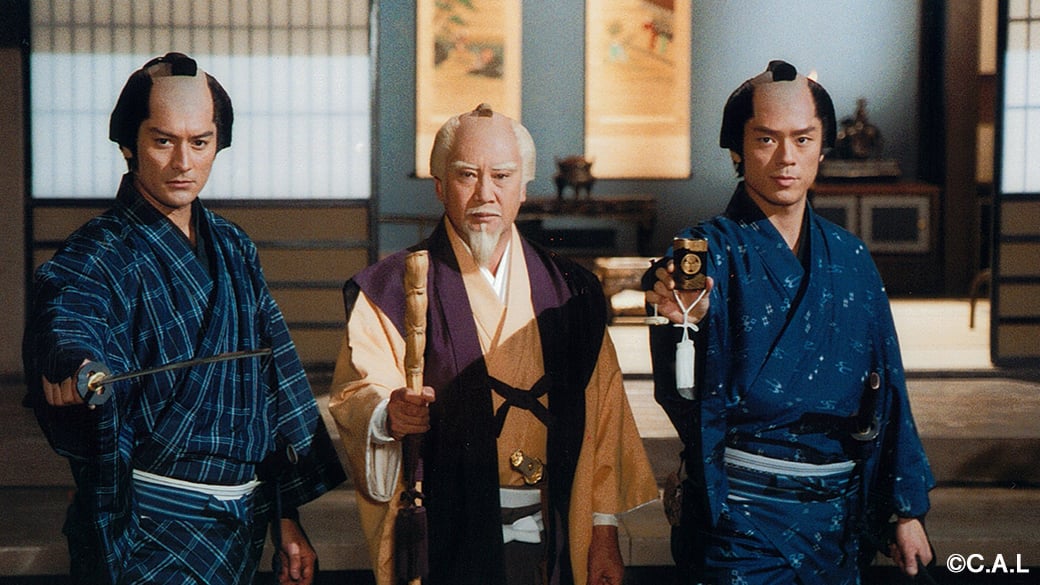
Old people. With 30% of its population aged 65 or older, Japan has a lot of deflationary pressures. Older Japanese generally retire from their main jobs and then work part-time to supplement their income, and their spending decreases. A few years ago the last regular samurai drama TV show went off the air, with the reason being that only elderly Japanese were tuning in, and since they spent no money, there were no advertisers to support the show.
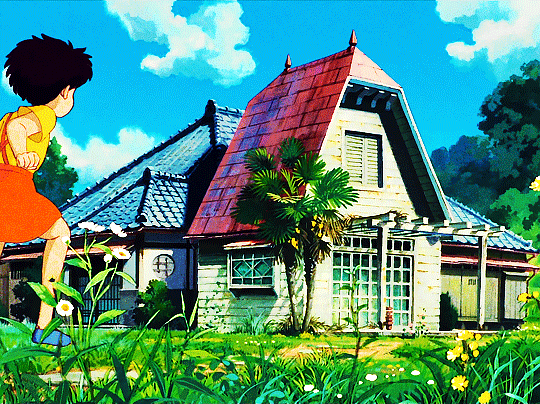
Empty house syndrome. Amazingly, both Japan and China have problems with empty homes. China’s 50+ million empty homes come from strange (to Westerners) economic policies and over-investment in the country’s supposed unlimited future. Japan’s 10 million empty homes reflect that the population peaked in 2008 and is declining. People inherit their family homes when their parents die, but already have homes to live in, so their parents’ home sits empty.
Can (a Little) Inflation Actually Be a Good Thing?
Hear me out on this one, okay? While everyone hates the shocking price increases we’ve gotten as the world (except China) recovered from COVID, in general, inflation is often a Good Thing.
- If Japanese consumers want to enjoy fancy products like Starbucks coffee or Nike shoes, they have to be prepared to pay more for these products. These options are certainly a lot better for consumers than not having them.
- Foreign companies always pay higher wages. When Costco opened in Maebashi, the starting wage was 1500 yen per hour, way higher than the ~1000 yen hourly rate that most businesses were offering. This caused local businesses to increase wages to compete, which was good for a stagnant country like Japan.
- I’ve noticed that whenever the massage chairs at my local onsen hot springs get updated to newer models, the price increases… or rather, the time decreases, giving me only a 10-minute massage for 200 yen instead 15 minutes. I used to complain about this change, but I realized that if I want nicer massage chairs, the price increase becomes important.
- The ability to reasonably increase prices is important for all businesses. One reason the manufacturer of the beloved candy from Grave of the Fireflies went out of business after 114 years was that they didn’t think they could pass on their increased prices to consumers.
Thanks for this blog post exploring the subject of inflation in Japan. Got any topics you’d like us to write about in the future? Post them below, or reply to us on Twitter!

The Holiday Season is fast approaching, and J-List wants to thank everyone for helping us get through this challenging year. Take an extra $20 off all orders of $100 or more shipping from Japan using code EARLYCHRISTMAS. Start browsing awesome products here!


